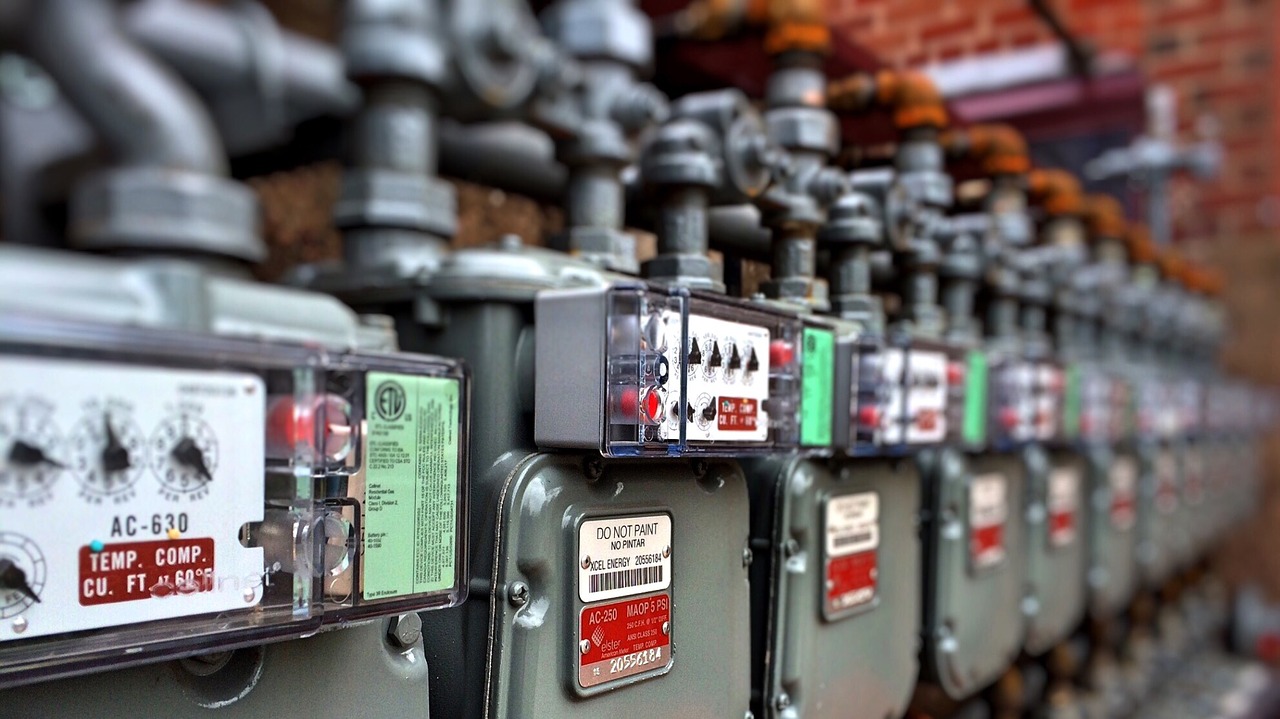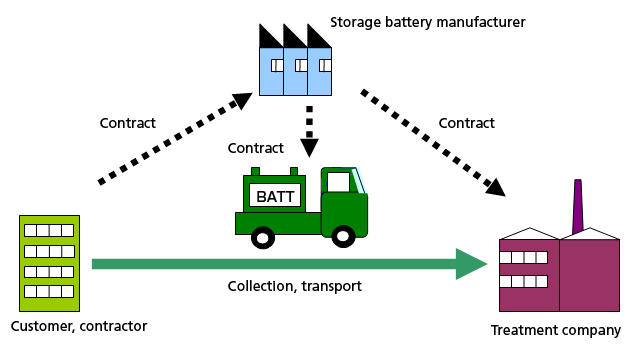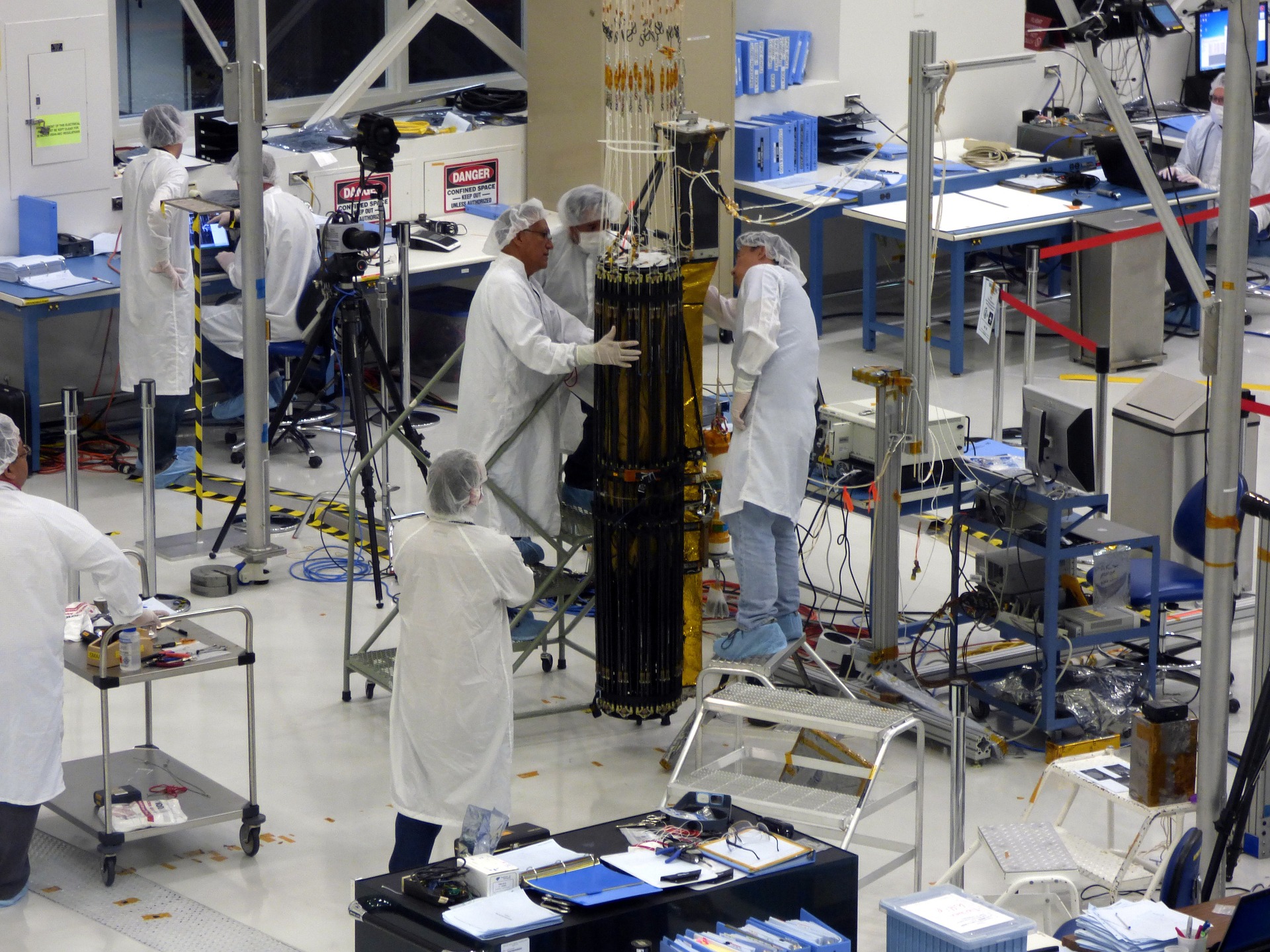Grid Harmonics and Grid Stability
transmission, eco-friendly, renewable, energy, storage, digital, power, power, conservation, creativity, innovation, industry, quality, technology, smart

Harmonics in Grid
Voltage in the electrical grid is expected to be constant and comprised of fundamental frequency only. They are seldom found to be as expected and free from harmonics in India. Harmonics are voltages or currents which are multiples of fundamental frequency. Presence of non-linear components in the system give rise to harmonics in the system. Harmonics affect the performance of equipments in the system. They cause heating in machines and cables, increase losses and reduce life of the equipments. They may also cause maloperation or failure of equipments. Cause of harmonics generation must be known for reducing them.
The growing use of nonlinear loads is increasing the harmonic content, in the grid supply. Nonlinear loads change their impedance with change in applied voltage. Power converters which perform power conversion from AC to DC, DC to DC, DC to AC and AC to AC constitute major part of nonlinear loads connected to grid. High inrush currents in transformers, railways, arc/induction furnaces as well act as the sources of Grid harmonics. Another reason for harmonics is operation of grid near its stability limit.
Power quality issues
In India, the generation capacity is not able to meet the load demand. The generation, transmission and distribution systems are inadequate to supply growing demands. The available infrastructure of generation, transmission and distribution are working closer to their stability limits. Because of which, there are frequent voltage sags and tripping of lines on the grid. Due to which, there is need of load shedding and the harmonic content can reach upto 22% THD in India. This poor quality of power in India affects the loads and also the stability of grid.
Stability of Grid
In traditional grids, the kinetic energy stored in generator rotors feed the grid, during drastic load changes or disturbances, for short time in order to maintain stability. Renewable generations do not have this kinetic energy or inertia which helps in maintaining transient stability. Hence high penetration of renewable generation, the stability of grid is reducing. Due to intermittent nature of renewable generation, their availability is unreliable. When renewable generation is unavailable, alternate arrangements need to be done for supplying the load. Renewable generation can also cause change in the behaviour of loads.
In conventional grid there were generating units and loads which always remained as generators and loads. But as more and more households are installing Renewable Generation, they will start supplying excess generated energy for short duration and act as load otherwise due to which loads also supply energy at some time and the grid will must handle this behavior. For maintaining the stability of grid, by retaining frequency within limits, continual balancing of generation and consumption of active power is necessary.
Enhancing Grid Stability
For reducing the deficit of generation to meet load, renewable generation is being increased. However, this alone will not be sufficient for improving stability as renewable generation do not have kinetic energy like conventional generators. For meeting changes in demand due to sudden disturbances, there should be enough energy storage in the grid. For solving the problems such as voltage sags and swells, large amount of power will have to be absorbed or supplied in short time. This can be meet with energy storage which can respond in fast time. Moreover, the active power fluctuations by renewables can be compensated by energy storage only.
If the Renewable Energy Generation is greater than the power demand in grid, the excess power is stored in Energy Storage Device. Similarly if renewables generate lesser energy, the Energy Storage Device will supply the deficit of power. Hence the Energy Storage can be used for improving the stability of grid, thereby overcoming electrical shortcoming and disturbances such as voltage sag, sub-synchronous resonance, and unstable voltage. Energy storage can also meet the increase in required capacity for delaying investment in generating capacity, especially for peak shaving. There are many types of energy storages, which have different features. But, appropriate type of energy storage must be selected.
Batteries for bulk Energy Storage
The various types of storage include Batteries, Flywheel, Pumped Storage Hydro, Compressed Air Energy Storage, etc. Different type of storage has different efficiency, energy density, response time, discharge duration, depth of discharge, lifetime cycle capacity, etc. For improving grid stability the storage should have fast response, long life, high efficiency. It should also be possible to have high capacity of storage which is financially viable. “JouLie+” in lines with these features is available for such critical application
Taking all factors required for improving grid stability into consideration, batteries along with a large capacitor are most viable options. The capacitor has advantage of fast response of the order of milliseconds and battery can provide big storage capacities with high energy density. Thus the combination of capacitor and battery have emerged as the best solution for stability of the grid. Along with grid stability many other opportunities are provided by the combination of batteries and capacitor.
Cleaning the Power Supply
Energy storage can also be used for reducing grid harmonics, reducing cost of operation, etc. Batteries, being DC source, power converters are used to interface with the AC grid. Four quadrant converters are used by batteries as it gives bi-direction flow of energy. The converters can be controlled to regulate the real and reactive power demand of the grid under linear and non-linear loads. Using the converters following features can also be obtained
1) Active filtering to eliminate the harmonics
2) Load leveling by supplying the variations in load
3) Ensuring unity power factor although the load is inductive
4) Charging system for batteries
Figure 1-Battery Storage for Grid stability
India needs Energy Storage
Providing ancillary services like frequency regulation, reserves and peak power improvement services using batteries, is already being implemented in some countries. From point of view of Indian grid, renewable generation must be increased to meet the growing demand. Energy storage is used for overcoming the intermittency of renewable generation. Enough Energy Storage facilities must be developed for maintaining stable operation of the grid and reducing harmonics in the Indian grid.


